A carefully planned twelve hour layover between trains in Gujarat’s major city, Ahmedabad allowed us just enough time to visit the cities two major sights. Five kilometres north of the city centre is the famous Sabarmati Ashram which served as Gandhi’s headquarters from 1917 to 1930 during India’s struggle for independence. It was from here that Gandhi set out on the famous Salt March to Dandi on the Gulf of Cambay in March 1930 vowing not to return to the ashram until India was free. The ashram now acts as a museum celebrating Gandhi’s amazing life and the walls throughout the building are adorned with letters to Gandhi and inspirational quotes from the Mahatma.
His living quarters are preserved, showing how simple a life the man really lived, with nothing there but a sleeping mat and cushion, a small writing desk, his walking stick and his spinning wheel. Truly a man of few possessions he carried with him only his glasses and glasses case, a stone, a fork, spoon and knife, a small machete, a pocket watch and his trusty walking stick, simply unimaginable to many of us in today’s world of material values.
Walking from the Ashram to Gandhi’s cottage, just to the side of the ashram, we passed the banks of the Sabarmati River where after his death in 1948, some of his ashes were immersed, right in front of the ashram. Leading a life of celibacy, he and his wife slept in separate rooms in the small cottage which visitors can walk around freely and even have a try on a spinning wheel, a symbol now associated with India’s hero.
In the garden area around his cottage the trees were full of little Indian ringneck parakeets, we watched them flying from the trees to holes in the walls where they had small nests, their bright green feathers camouflaging them as soon as they returned to the thick trees, leaving only their bright red beaks to distinguish them from the leaves.
Zipping back through the traffic in an auto rickshaw was fun as always and when we pulled up at the cities Jamma Masjid we were initially wondering were we in the right place. In our experience mosques were usually very easy to spot but this one-off the busy M.G. (Mahatma Gandhi) road wasn’t immediately obvious. Up a few steps and through a stone archway and we were standing in the middle of a huge walled courtyard. At one end was the prayer hall with it’s tall minarets but we were distracted for now by a bunch of kids playing in the courtyard.
The wet, monsoon weather had left a few centimetres of water across a section of the courtyard and with a run and jump the kids went skidding across the courtyard and it looked like fun. Laughing hysterically and soaked to the bone the kids continued their game the entire time we were there uninterrupted by any of the older men coming and going to pray. In the centre of the courtyard, not far from where the kids were playing was a covered bath where men in traditional Muslim attire were washing before prayer. The walls surrounding the courtyard had a built-in alcove painted with sanskrit where some men were praying and, as is the way in Islam, all devotees were praying in the same direction, towards the prayer hall at one end of the courtyard, the direction of Mecca.
Built in 1423, the prayer hall has two hundred and sixty columns supporting fifteen principle domes on the roof above. Two huge minarets used to tower over the prayer hall, known as the ‘shaking minarets’, after an earthquake in 1819, now only the lower halves are left. It’s a beautiful structure and a peaceful place which is ironic considering that the building materials used were provided from demolished Hindu and Jain temples but the mosque does provide some fusion with these religions, for example, in the lotus style carvings on some of the domes. With our flash-in-the-pan visit to Ahmedabad almost finished we just about had time to grab some food before heading for the train station where India’s trusty rail network would take us on a nine-hour overnight sleeper train to Mumbai where we would change trains to continue onto the home of one of India’s newest industries, wine making.

Brian is a travel writer, photographer, blogger, travel addict and adventure-junkie. Being outdoors, getting off the beaten track and outside his comfort zone is what makes him tick. Brian’s the dreamer in the relationship; when he’s not travelling, he’s dreaming about it! Keeping fit, cooking, music and red wine take up the rest of his time.
Sign up for our free travel photography Ebook "Faces of Nepal" and you'll also receive our monthly newsletter.

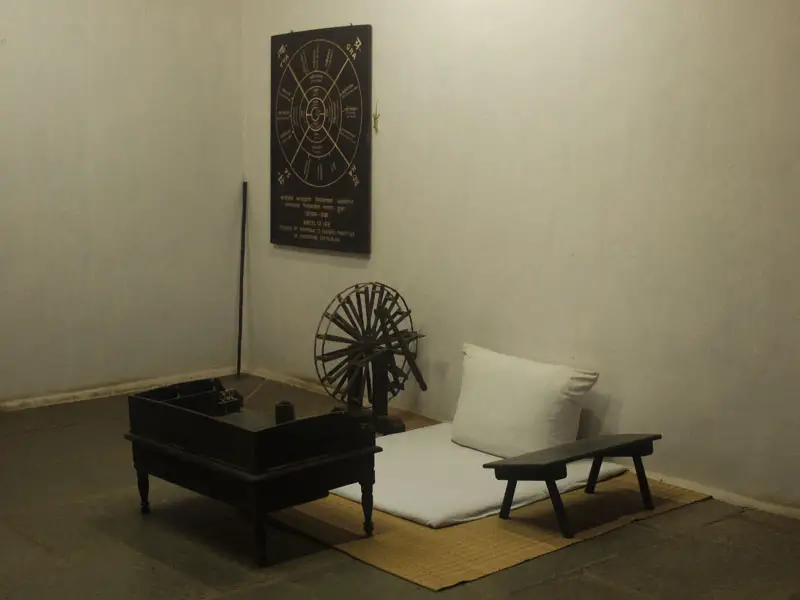
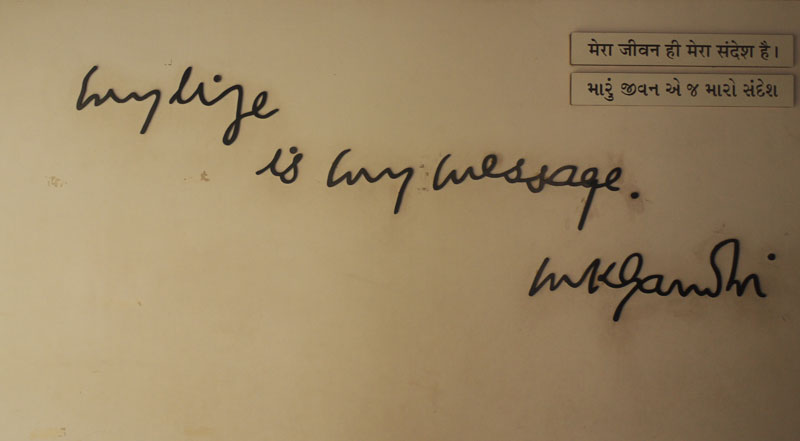

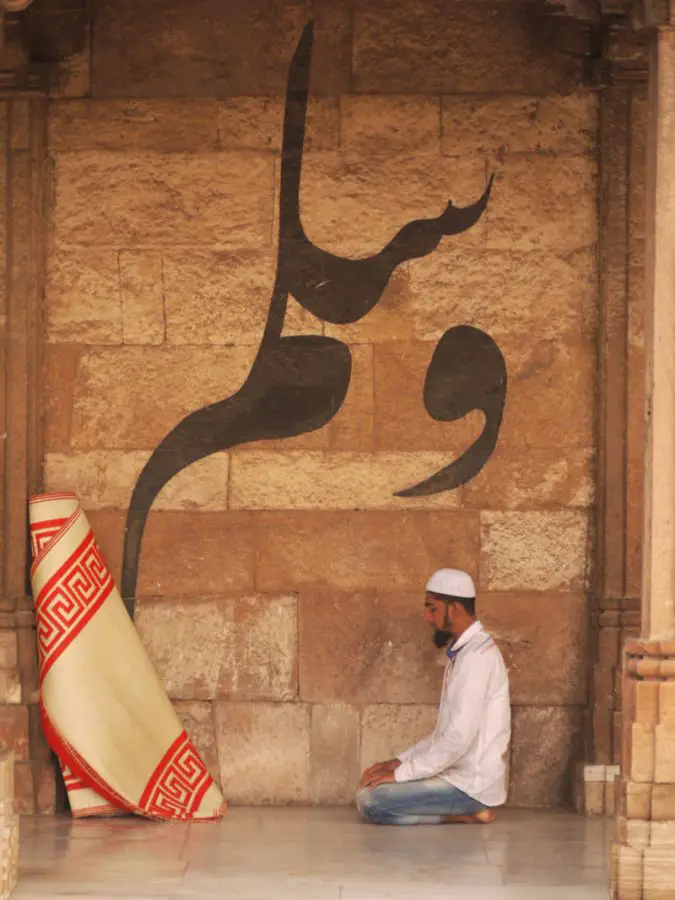
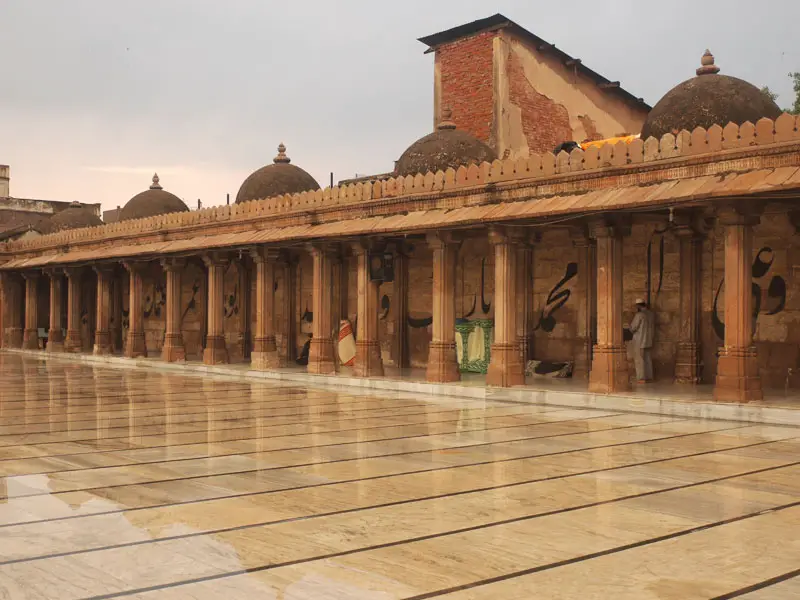
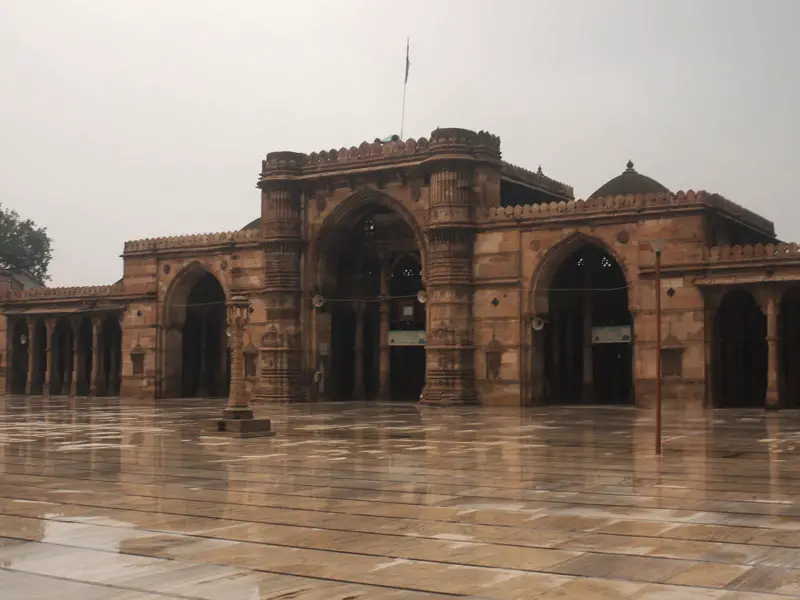



Hey, I read your article and your information about Ahmedabad Gandhi’s ashram it’s very amazing very helpful for me. keep it up, thank you very much:)
That’s great Pratik! Glad you found it useful! 🙂
Hey, your article about Ahmedabad Gandhi’s Ashram is very helpful to me because I am planning to travelling Ahmedabad, and love to see the historical place thank you so much.
Thanks so much, Paresh! Glad you enjoyed it. 🙂